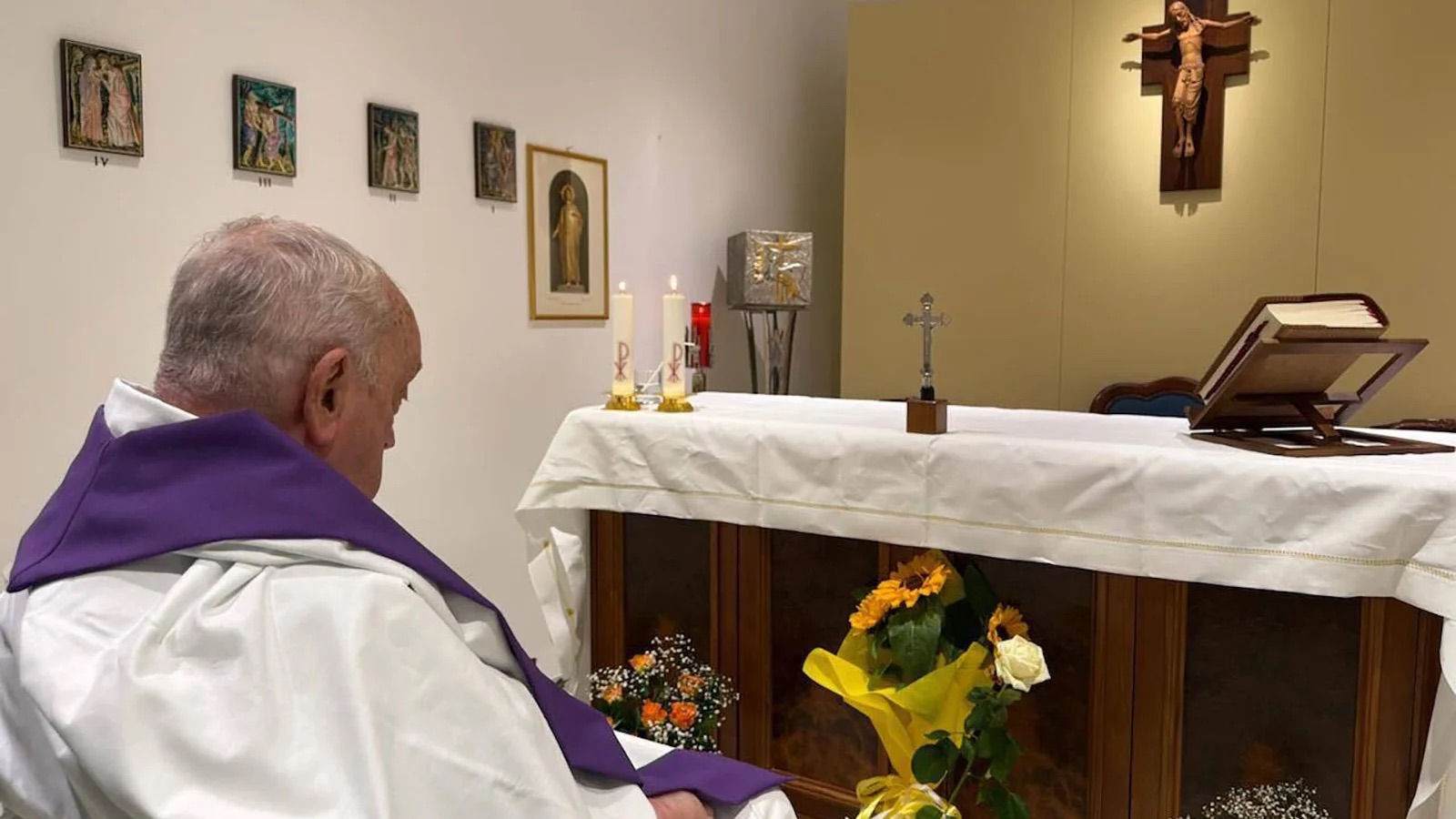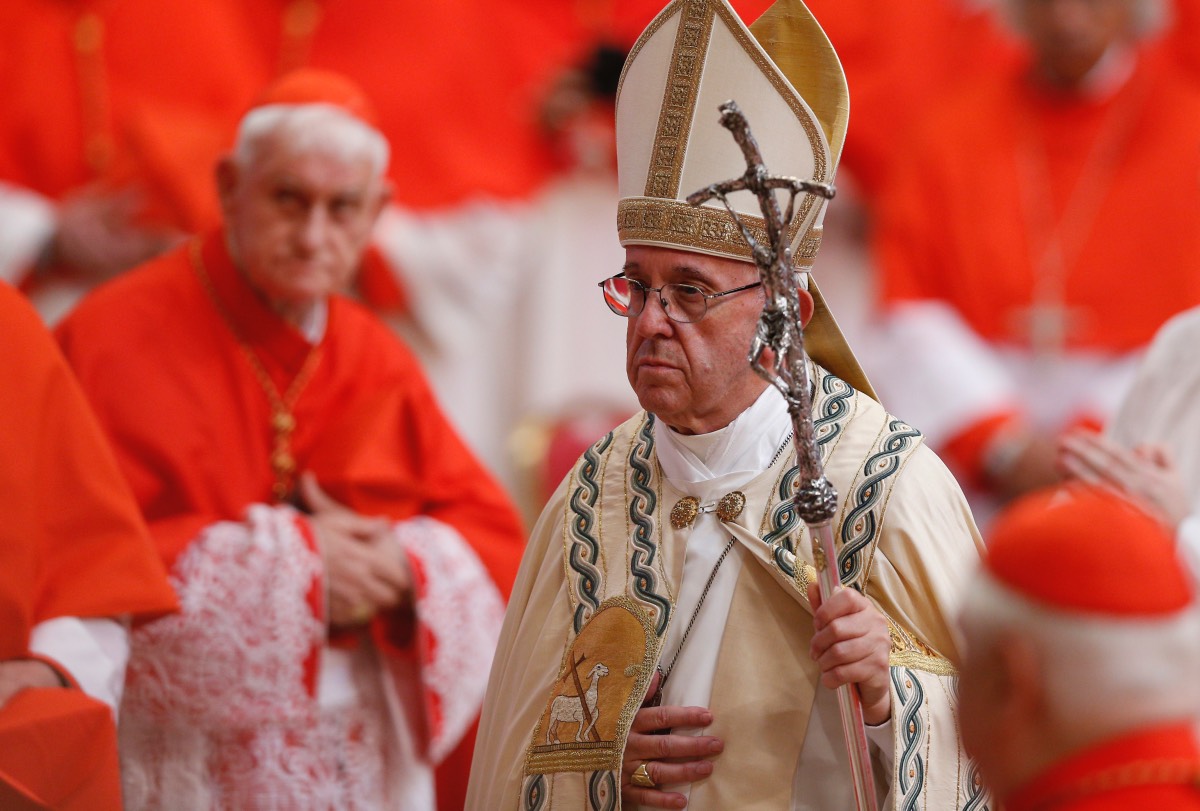VATICAN CITY, Rome – Pope Francis, the first Latin American pontiff and one of the most transformative leaders of the Roman Catholic Church in recent history, died on Easter Monday, April 21, 2025, at the age of 88.
His death was confirmed in a solemn announcement by Cardinal Kevin Farrell, Camerlengo of the Apostolic Chamber, from the Vatican residence of Casa Santa Marta, where the Pope had been living.
“Dearest brothers and sisters, with deep sorrow I must announce the death of our Holy Father Francis,” Cardinal Farrell said at 9:45 a.m. from the chapel of the residence.
“At 7:35 this morning, the Bishop of Rome, Francis, returned to the house of the Father. His entire life was dedicated to the service of the Lord and of His Church.”

The pontiff, born Jorge Mario Bergoglio in Buenos Aires, Argentina, had been suffering from chronic respiratory issues, a condition dating back to surgery in his twenties during which a portion of his lung was removed.
He was admitted to the Agostino Gemelli Polyclinic Hospital on 14 February this year following a bout of bronchitis.
Diagnosed with bilateral pneumonia on 18 February, he remained hospitalised for 38 days before returning to his Vatican residence in late March.
Despite the severity of his illness, Pope Francis made a brief public appearance on Easter Sunday, riding in an open-air popemobile through St. Peter’s Square and offering a blessing from the balcony of the Basilica – his first public address since Christmas.
It was a poignant final gesture from a pope known for his accessibility, simplicity, and devotion to the faithful.

In preparation for this moment, Pope Francis had approved an updated edition of the papal funeral liturgy in April 2024.
The revised Ordo Exsequiarum Romani Pontificis shifts focus toward the pope’s pastoral role rather than temporal authority.
The rite stipulates that the death be confirmed in the chapel and that the body be placed directly in the coffin.
According to Archbishop Diego Ravelli, Master of Apostolic Ceremonies, Pope Francis requested that his funeral be “simplified” and centred on “the faith of the Church in the Risen Body of Christ.”
“The renewed rite,” Archbishop Ravelli noted, “seeks to emphasise even more that the funeral of the Roman Pontiff is that of a pastor and disciple of Christ and not of a powerful person of this world.”

Born in 1936, Bergoglio was elected to the papacy on 13 March 2013, following the unprecedented resignation of Pope Benedict XVI.
Eschewing many of the traditional trappings of the papal office, he chose not to reside in the Apostolic Palace and instead lived in a modest guesthouse for what he once described as his “psychological health.”
His election signalled a desire among cardinals to heal divisions within the Church and restore credibility after years of scandal.
Throughout his 12-year papacy, Francis emerged as a vocal advocate for the poor, a proponent of interfaith dialogue, and a reformer determined to confront clerical abuse and financial misconduct within the Vatican.
His tenure, however, was far from unifying. While celebrated globally for his humility and social engagement, he often faced staunch resistance from within – both from conservatives who accused him of doctrinal compromise and progressives who argued he did not go far enough in reforming the 2,000-year-old institution.
“He inspired millions, far beyond the Catholic Church, with his humility and love so pure for the less fortunate,” said European Commission President Ursula von der Leyen in a statement following the Pope’s death.
Today, the world mourns the passing of Pope Francis.
He inspired millions, far beyond the Catholic Church, with his humility and love so pure for the less fortunate.
My thoughts are with all who feel this profound loss.
May they find solace in the idea that Pope Francis’… pic.twitter.com/FiI6SASNl8
— Ursula von der Leyen (@vonderleyen) April 21, 2025
Jose Ramos-Horta, president of East Timor, a country visited by Pope Francis in 2024, praised his “profound legacy of humanity, of justice, of human fraternity.”
Francis also leaves behind a legacy of ecclesiastical transformation.

He appointed nearly 80 percent of the cardinals who are eligible to vote in the next conclave, raising the likelihood that his successor may carry forward his pastoral and progressive approach.
His death closes a chapter marked by simultaneous hope and discord. For much of his pontificate, Pope Francis shared the Vatican with his predecessor, Pope Emeritus Benedict XVI, who died in December 2022.
The two men, symbolically dressed in white, stood for differing visions of the Church’s future — one rooted in tradition, the other in renewal.
The Vatican has yet to announce details of the funeral arrangements or the timeline for the conclave to elect the next pope.
As the world mourns, the Church now turns to the task of choosing a new shepherd for its 1.4 billion faithful.







